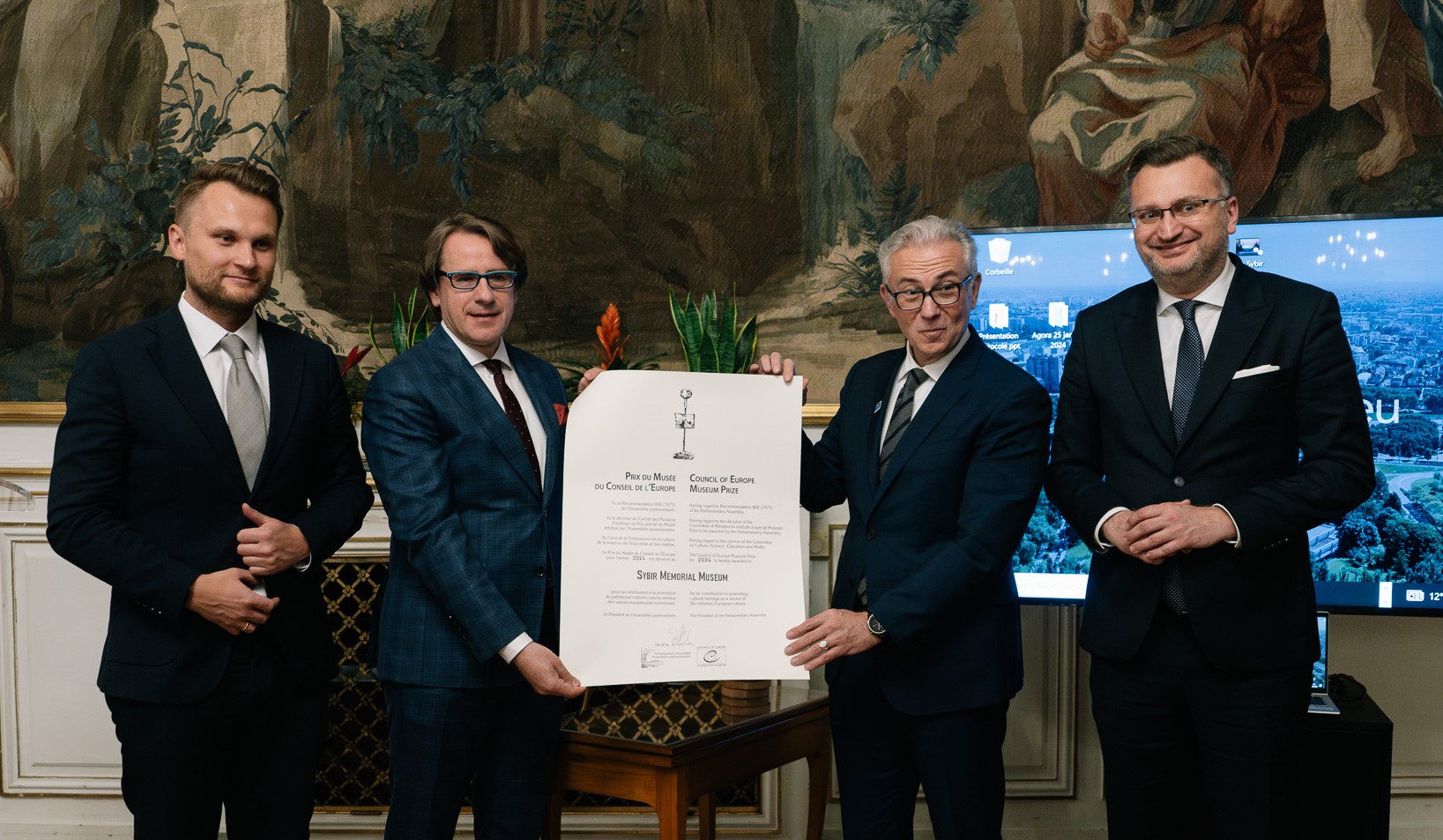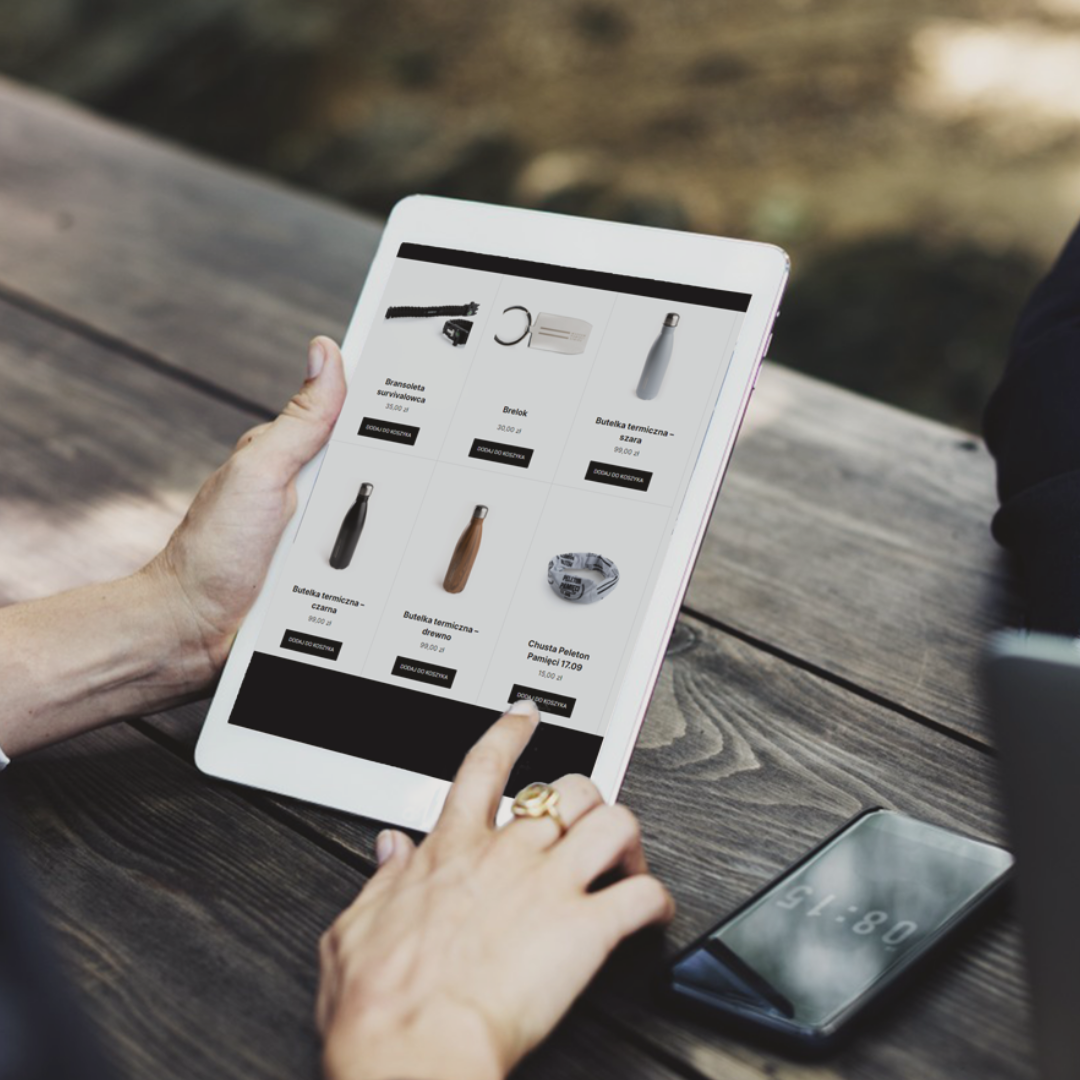When in December 2023, the Council of Europe announced the Sybir Memorial Museum as the laureate of its Museum Prize, Constantinos Efstathiou, representative of the prize committee, justified this decision:
“The museum delivers a strong narrative on deportation, reducing research material to what is essential, working with powerful spatial images that give voice to selected authentic objects. The museum’s ability to convey history through workshops, events, media, publications, and new formats is impressive and brings it closer to a wide audience.”
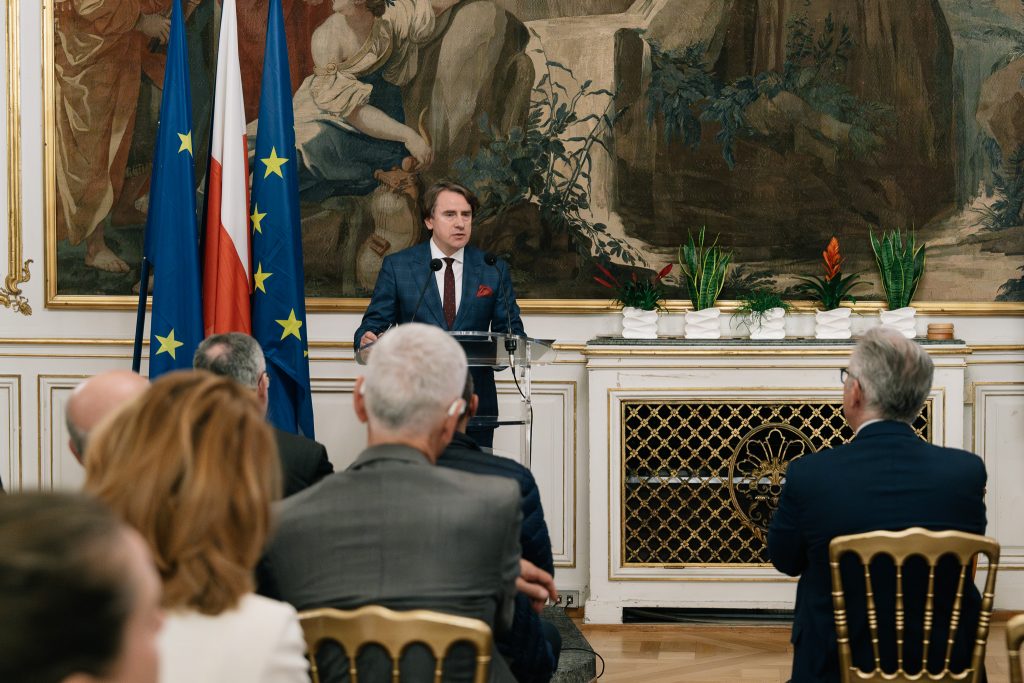
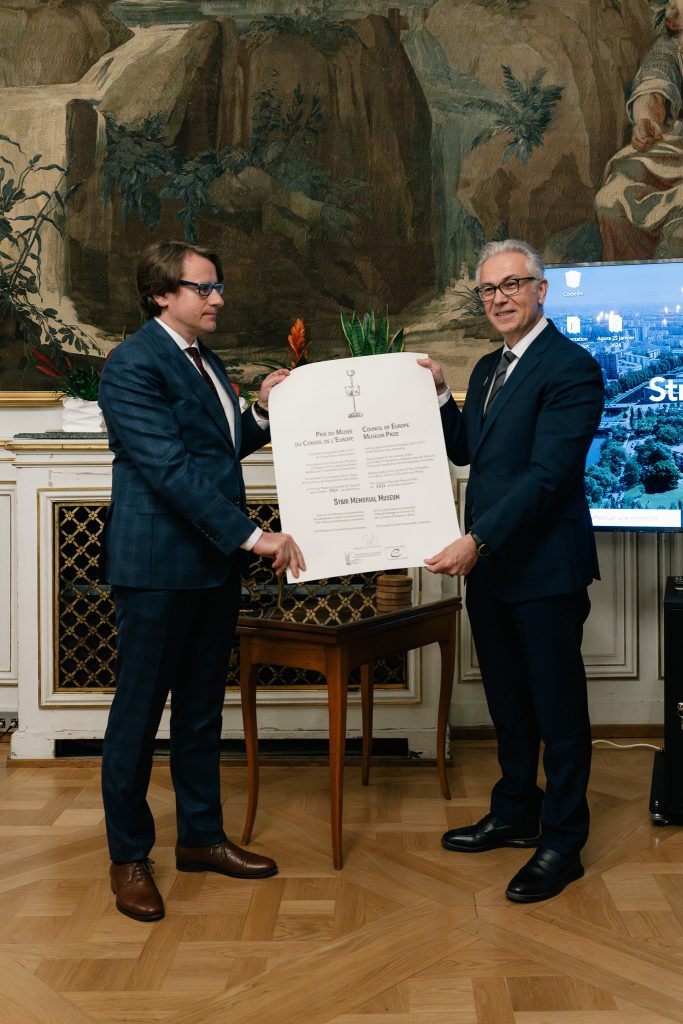
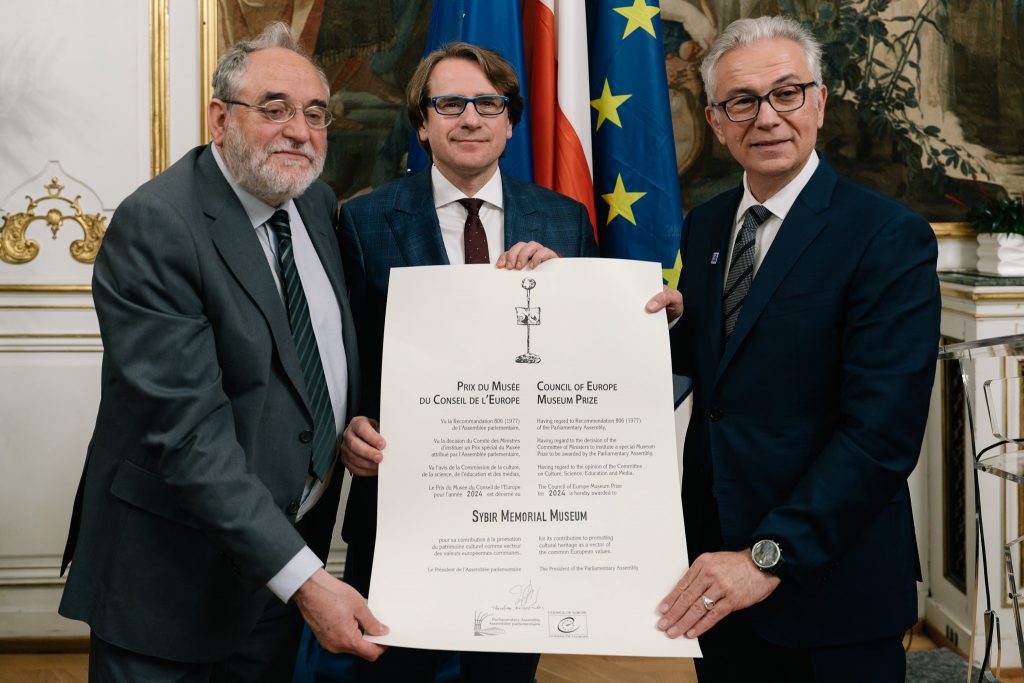
At Tuesday’s ceremony at Strasbourg’s City Hall, Theodoros Rousopoulos, Head of the Parliamentary Assembly of the Council of Europe, spoke about the Council of Europe Museum Prize:
— It has been awarded since 1977 in cooperation with the European Museum Forum. The final decision who will be the laureate is made by the Committee on Culture, Science, Education, and Media of the Council of Europe. I was myself a member of this committee for five years and still feel connected to it — Rousopoulos admitted. — Although as the Head of the Assembly I no longer have the right to vote, I feel particularly attached to the values that the Museum Prize carries — he added.
— An important characteristic that the Parliamentary Assembly seeks in all museums applying for the prize is that they advocate a strong, political message in favor of respecting human rights and democracy. These selected candidates have the ability to guide visitors to a deeper understanding of the nuances of contemporary social issues. They also interactively engage guests in reflections on the ideas of democracy — said Theodoros Rousopoulos.
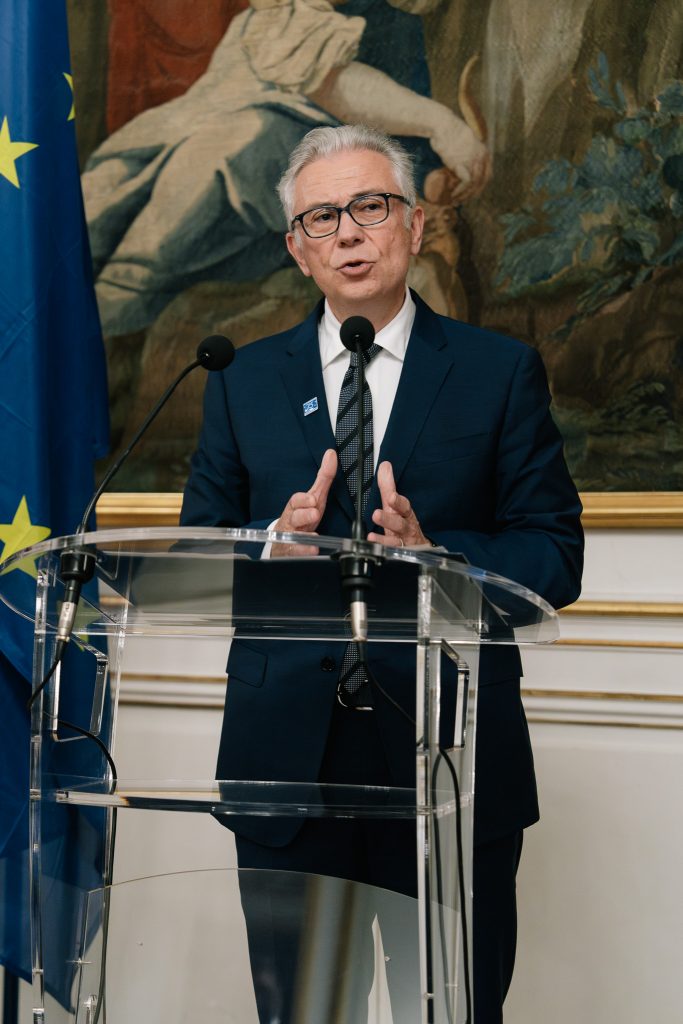
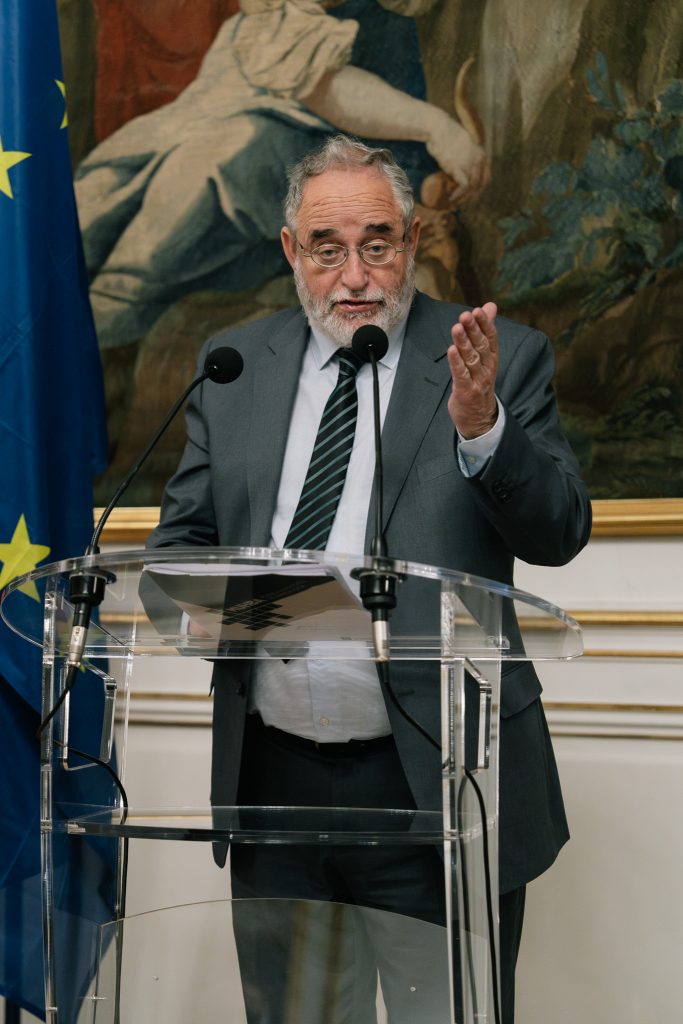
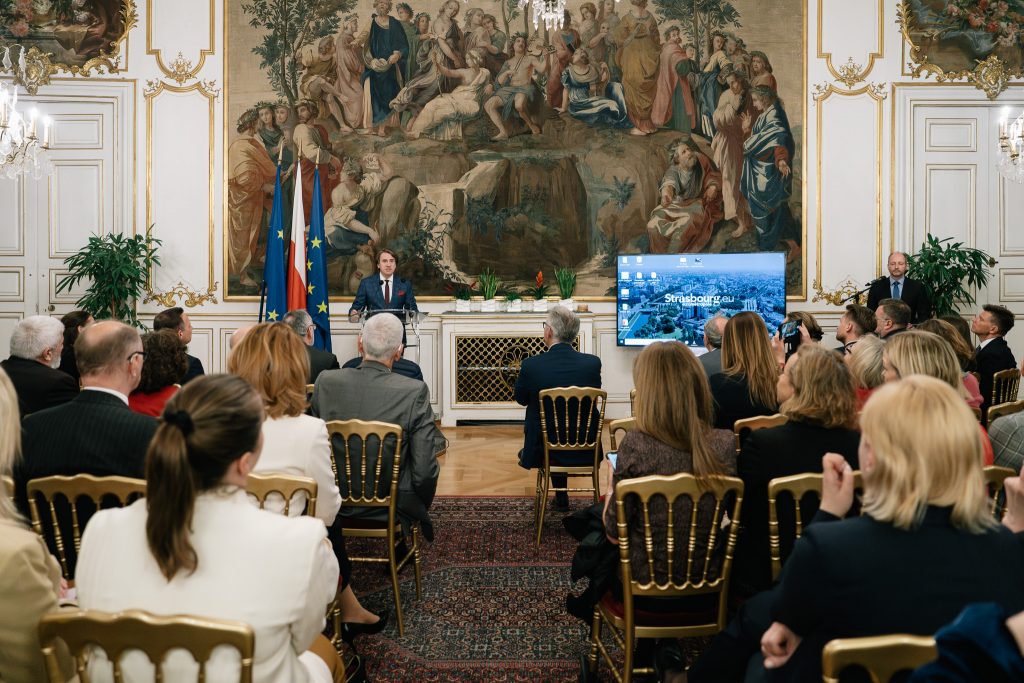
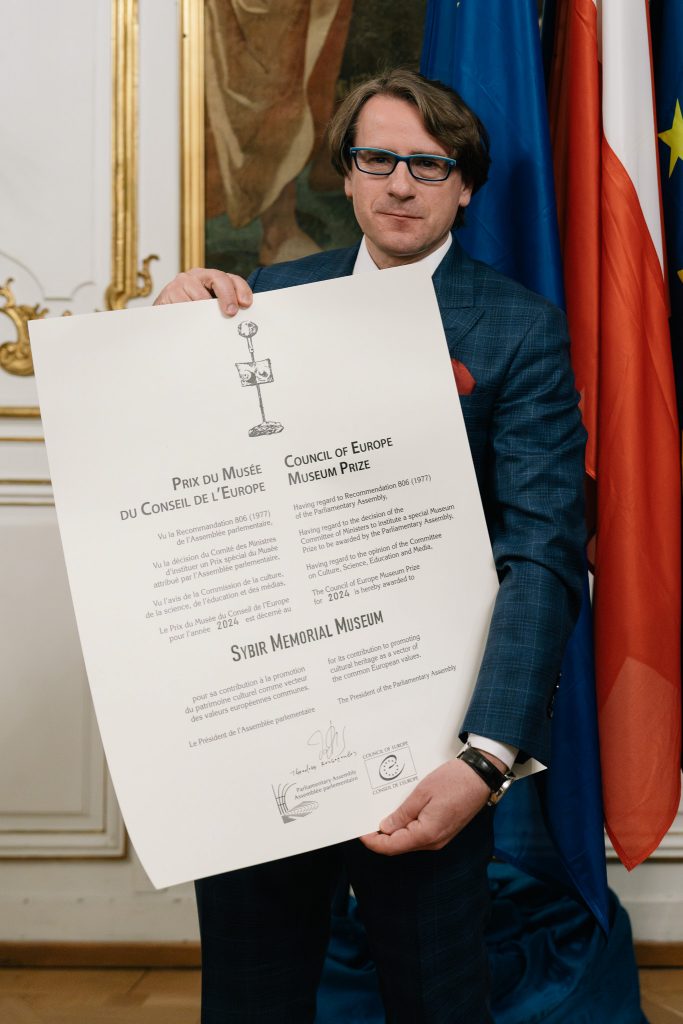
— The Sybir Memorial Museum, the laureate of the 2024 Council of Europe Museum Prize, tells the story of successive deportations of Polish citizens to Siberia and Kazakhstan. It is a moving tale about human rights violations and lack of respect for human dignity. Today, we witness Ukrainians fighting for their dignity, which is one of the foundations of democracy — emphasized the Head of the Parliamentary Assembly of the Council of Europe.
— It is particularly important to raise awareness and convey it to young people. Human rights, the rule of law, and democracy are like a bicycle. When you stop putting it in motion, it falls over. Learning about the past is a way of understanding the present. I thank Professor Wojciech Śleszyński and his team for their creativity and efforts in order to move from commemoration to uniting generations in various engaging forms —Theodoros Rousopoulos concluded his statement.
At the Strasbourg City Hall, in his speech, the Director of the Sybir Memorial Museum, Professor Wojciech Śleszyński, emphasized the role of decision-makers from Białystok:
— The concept of building the museum came many years ago, in 2010. It was the decision of Tadeusz Truskolaski, Mayor of Białystok, who wanted to commemorate the fate of deportees, but above all to emphasize the exceptional role of Białystok in this history.
— What is more, it is symbolic that his son, Krzysztof Truskolaski, Member of the Polish Sejm and the Council of Europe Assembly, nominated our Museum for this Prize. Over the years years, since the museum was established, our work has been supported by Rafał Rudnicki, Vice-President of Białystok. I sincerely thank them all for their commitment, support, and preservation of the memory of the history and cultural heritage of our city — emphasized Professor Wojciech Śleszyński, Director of the Sybir Memorial Museum.
The evening ceremony was preceded by meetings of Professor Wojciech Śleszyński with representatives of European institutions and the presentation of the Sybir Memorial Museum at the Palace of Europe, the headquarters of the Council of Europe.
At the meeting of the Committee on Culture, Science, Education, and Media of the Council of Europe at the Palais de l’Europe, Professor Śleszyński’s speech was announced by Joan Roca i Albert, a historian and urban planner, Director of the Museum of the History of Barcelona (Museu d’Història de la Ciutat de Barcelona):
— The Sybir Memorial Museum in Białystok shows something that one must not forget. The forced deportations of thousands of people irreversibly changed their lives, some even died.
— In the battle against injustice, violence, forced migrations, and war, museums can play an important role by showing the consequences of these events. This is what the Sybir Memorial Museum does. Moreover, institutional autonomy, intellectual pursuits, and the support of the city and the local community should also be mentioned — said Joan Roca i Albert.
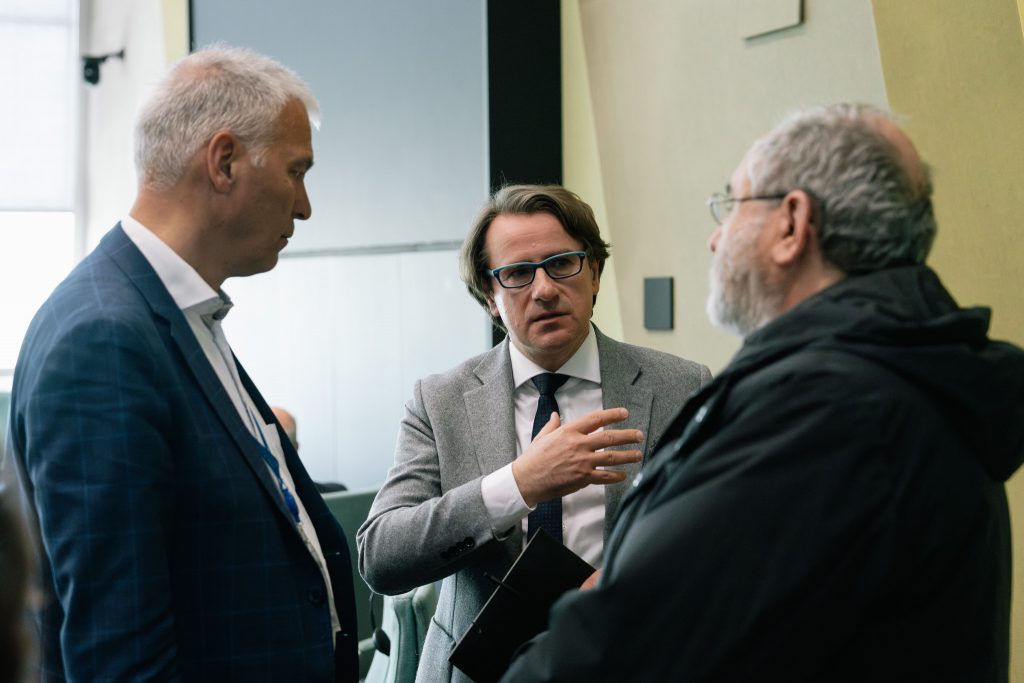
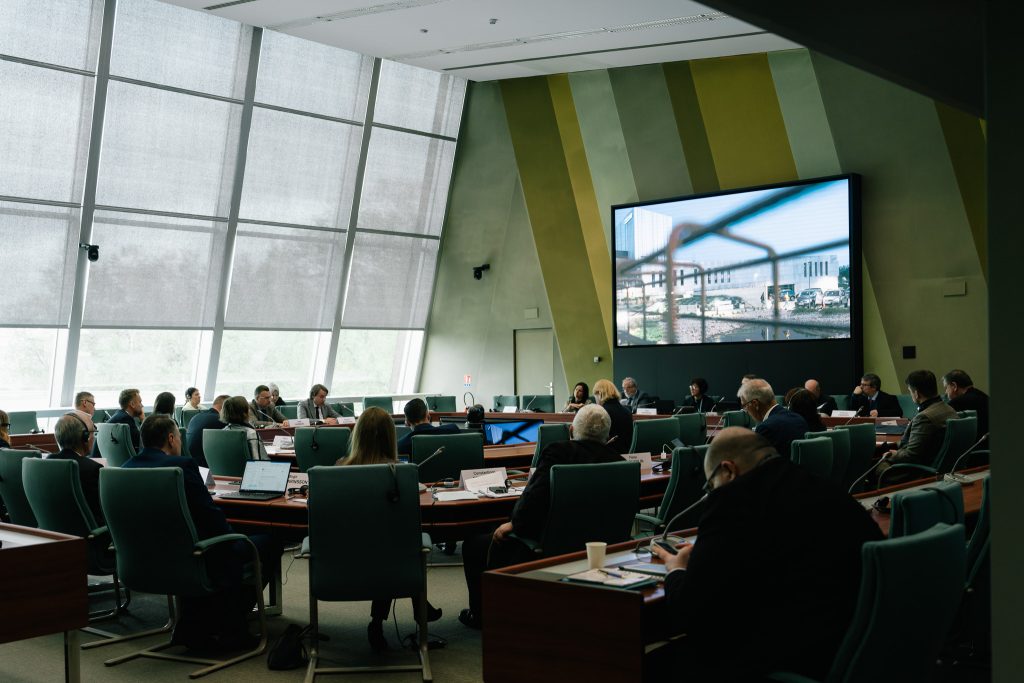
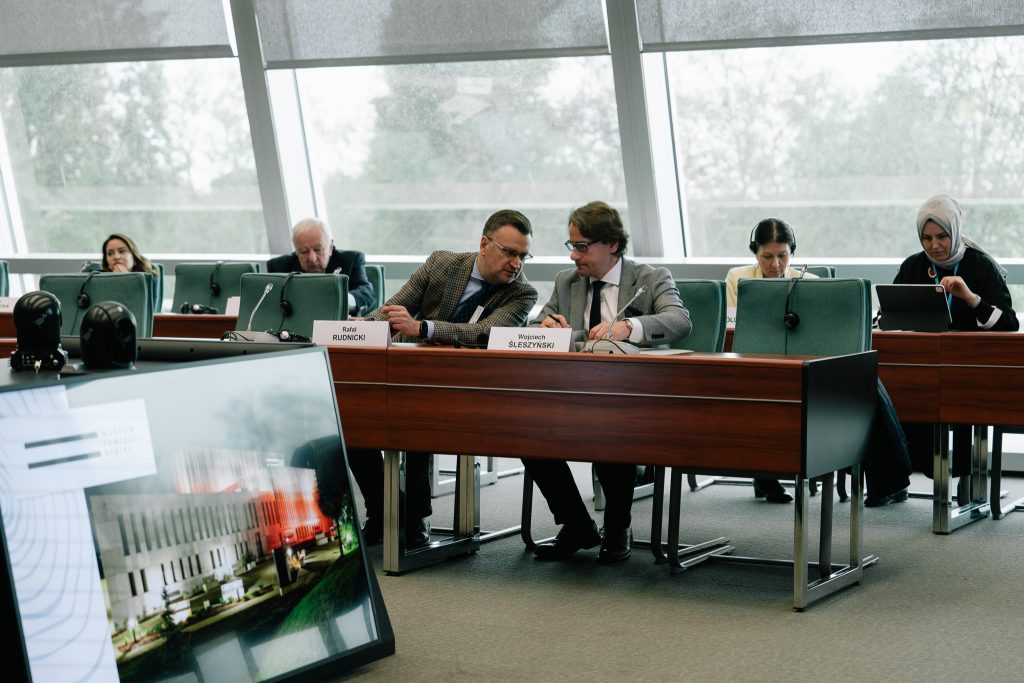
— A museum that does not conduct research activities may end up as a cultural attraction, but it will not bring innovations to how we see the world. Museums mean knowledge — added the historian.
— The Sybir Memorial Museum has created a space in an innovative way to give us a place to think and get emotional experiences. It shows the fate of people uprooted against their will — said Joan Roca i Albert.
— Although the Sybir Memorial Museum is a Polish museum, it presents the history of all of Eastern Europe, experienced by a system that was totalitarian and criminal — by communism. It is not just Polish memory, but the heritage of all Europe. We must do everything to preserve memory. This will protect future generations from repeating this experience — emphasized in his speech, Professor Wojciech Śleszyński.
As part of the meeting at the Palace of Europe, the Director of the Sybir Memorial Museum, along with Białystok politicians — Member of Parliament Krzysztof Truskolaski and Deputy Mayor of Białystok Rafał Rudnicki — symbolically received the statuette of the Council of Europe Museum Prize. It is the sculpture ‘Woman with Beautiful Breasts’ by Joan Miró.
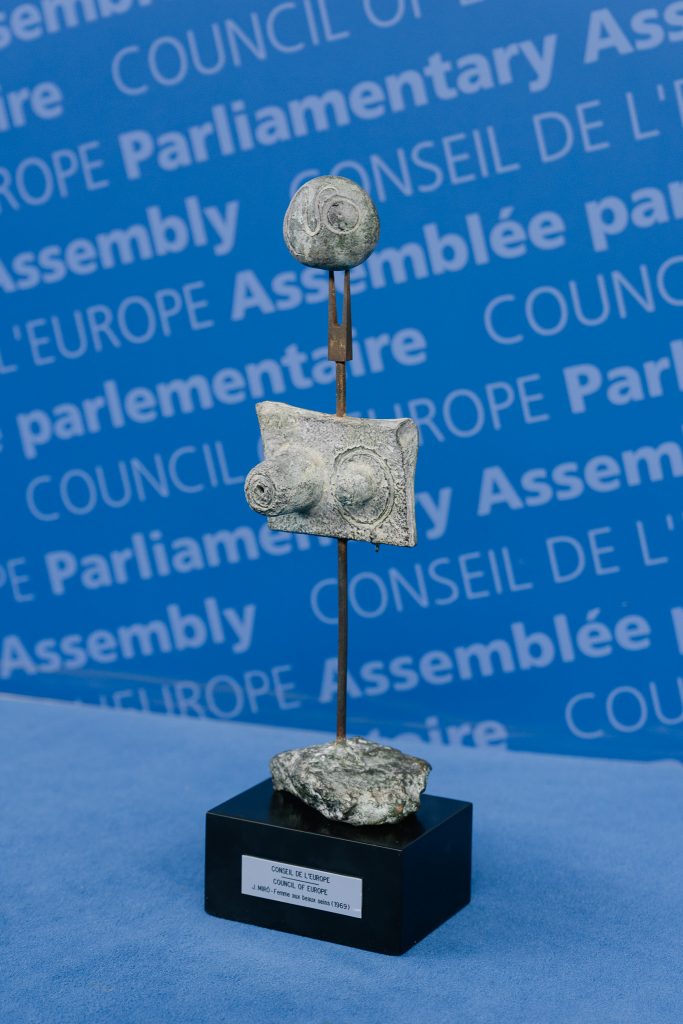
The Spanish painter, sculptor, and ceramicist, as well as a muralist, was born in Barcelona in 1893 and died in 1983 in Palma de Mallorca. Joan Miró was a bold experimenter and creator of new artistic techniques.
He was inspired by the art of primitive tribes and Japanese culture. He is mostly associated with colorful paintings resembling children’s drawings. His works are found in the most famous collections, such as the Guggenheim Museum, the MOMA in New York, or the Centre Pompidou in Paris. Miró’s sculptures stand at the UNESCO headquarters in Paris, and a large tapestry adorned the destroyed World Trade Center in 2001.
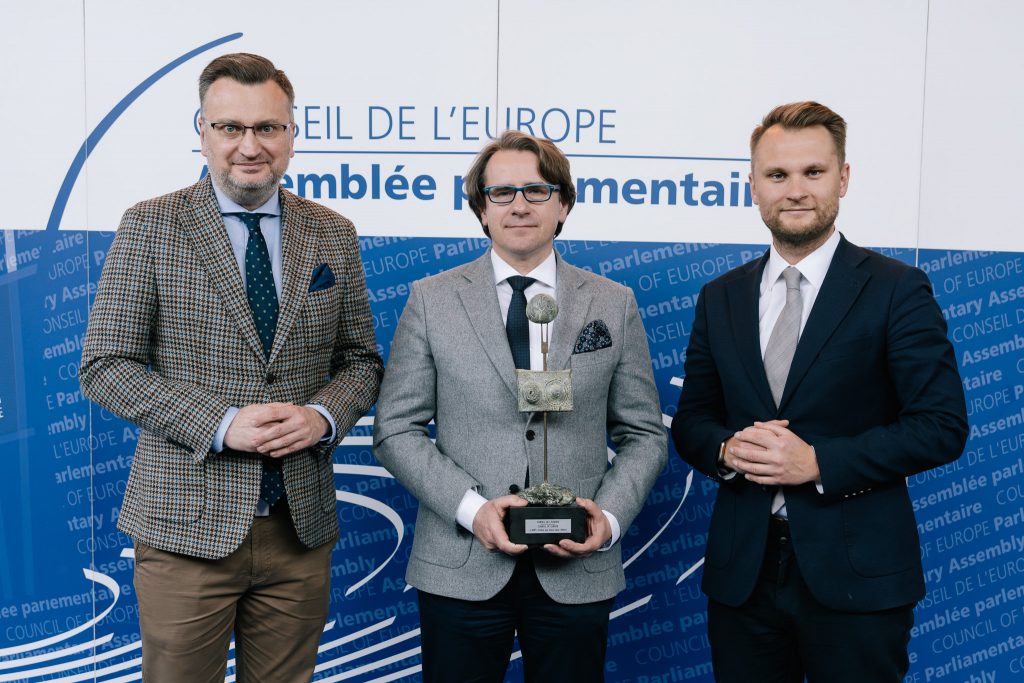
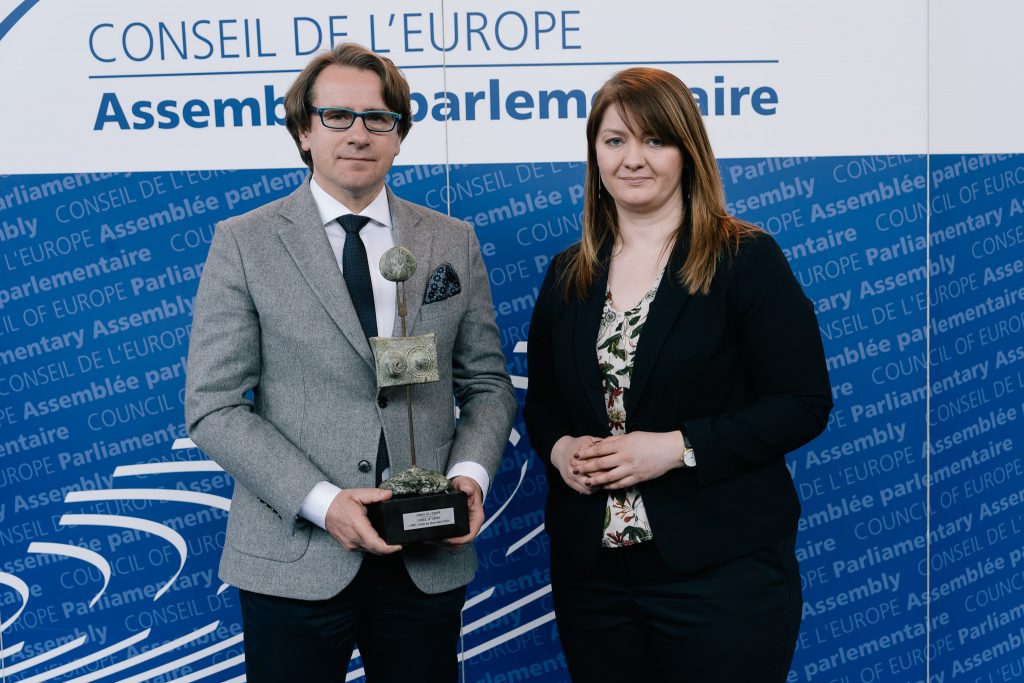
The sculpture ‘Woman with Beautiful Breasts’ was donated to the Council of Europe in 1977 by the Joan Miró Foundation, which — was the first to receive the Council of Europe Museum Prize. Since then, the sculpture has become a symbol and a kind of a passed-down trophy of the Council of Europe Museum Prize. Each year, it was transported to the next awarded museum, where it was admired by the public for 12 months.



